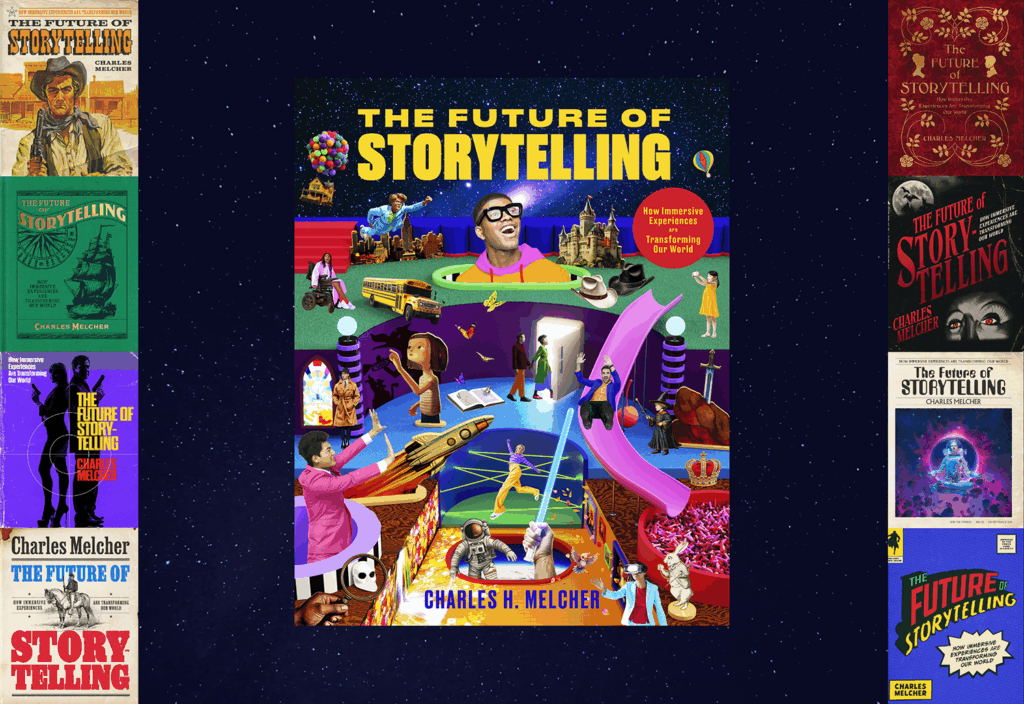Spending in 14 promotional tactics grew by an overall 9.7% in 2003, to more than $288.3 billion, up from $262.7 billion, according to research by PROMO editors.
PROMO’s 2004 Industry Trends Report, released in the April issue, shows just one tactic (games, contests and sweepstakes) was flat over 2002, but no segment showed any indication of decline. Event marketing, fulfillment, interactive/Internet/phone marketing and sampling all posted double-digit increases, as did agency net revenues—which generated the single largest growth rate at 17.9%. Other segments tracked by PROMO brought in solid single-digit increases.
This year, the Industry Trends Report has included consumer direct mail and loyalty marketing tactics in its overall estimate of spending. The addition of these categories sharpens the portrait of the industry by providing a more complete picture of what drives consumer and shopper behavior.
The migration of marketing dollars away from media advertising gained steam in 2003, as an increasing share of total consumer marketing budgets went to promotion. In the 2004 Industry Trends Report study, co-sponsored by the New York City-based Promotion Marketing Association, brand respondents said that 46% of their marketing dollars went into consumer promotion, while 24.2% went into consumer advertising (just 18.8% of respondents’ budgets went into trade promotion).
Despite the pressure on sales in the past year, most marketers reported that integrated promotional marketing (a unified effort using promotions, advertising and p.r.) wins both short-term sales objectives and longer-term brand loyalty goals. Of the brand participants in the 2004 Industry Trends Report, 52.4% said that promotion strategy was developed as part of an overall marketing strategy; another 12.1% say they plan promotion in tandem with advertising. Only 34.5% used promotion for purely tactical ends.
What are they looking to get from these promotional efforts? Most brands expect to get at least a 2% to 5% sales lift from a campaign (according to 33.5% of those polled), while another 37% set the bar higher, expecting 6% to 15% in sales increase. Then there are the 8.7% of the brand team who told us they expect to get upwards from 16% in boosted sales as a result of promotional tactics.
Of the brand executives polled, most expect to also get other benefits from these campaigns, including brand awareness (52.9%), incremental sales (47.6%) and a hefty return on their investments (40.8%).
For a complete version of the 2004 Industry Trends Report, or to order the source data, visit www.promomagazine.com.





